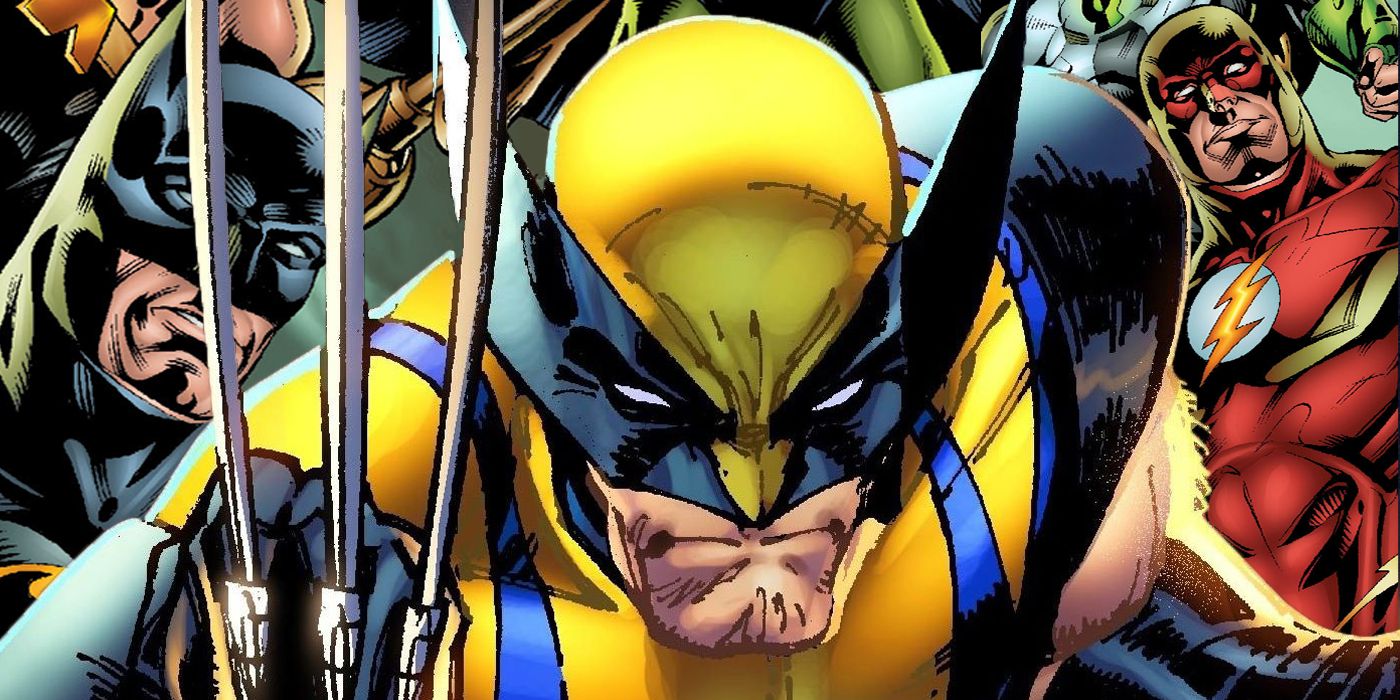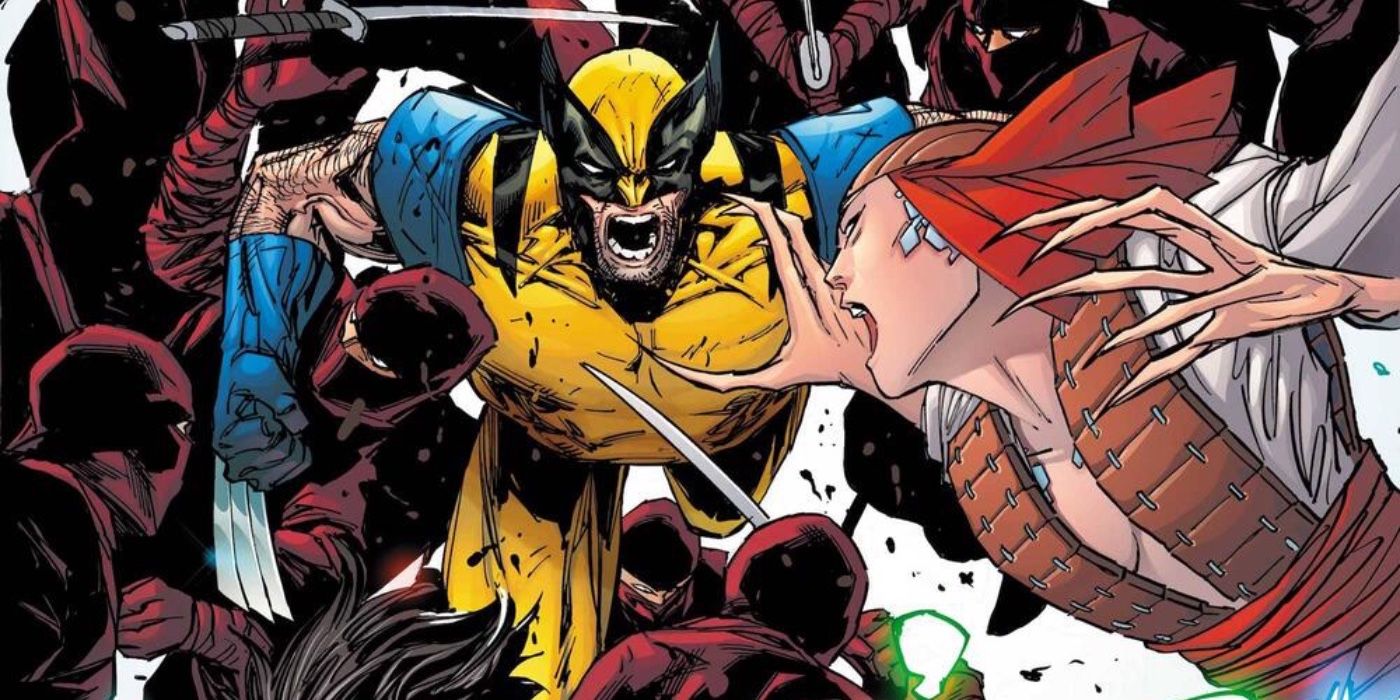Warning: contains spoilers for Marvel Voices: Identity #1!
A prolific Wolverine writer just explained the difference between Marvel and DC Comics - and why one company was able to beat the other. The competition between the comic book giants has remained as fierce as ever in 2021, with both companies releasing multiple events, tie-ins and capitalizing on their respective film franchises by promoting some characters while eliminating others (see the Inhumans and their current absence in comics, for example). But Larry Hama says the key to Marvel's success lies with a policy implemented decades ago.
A longtime comic book writer who's work dates back nearly 40 years, Larry Hama began working for Marvel Comics in 1986 as a writer and editor of the series The 'Nam; he brought his considerable experience as a soldier in Vietnam to this position. Well-known as an artist for Marvel's G.I. Joe series, he eventually wrote for many popular heroes - from both Marvel and DC (he obtained a job at Marvel after his friend and fellow artist Al Milgrom insisted he apply). Hama wrote for Batman, Bat-Thing, Elektra, Venom, X-Men, Cable, Avengers, and of course, Wolverine.
As one of the few writers for both DC and Marvel comics, Hama was in a perfect position to describe the difference between the two in the 70s and 80s. In Marvel Voices: Identity #1, Hama is interviewed by Angélique Roché and describes the contrasting environments. "At the time, there were two styles of writing for comics. DC was more like a full screenplay. The Marvel Method was plot and dialogue. The Marvel Method gave most of the creative freedom to the artists. I always thought that the Marvel Method was one of the main things that led to Marvel taking the lead away from DC."
Larry Hama is referring to the "Marvel Method", a means of producing comics created by Stan Lee. As his workload increased, Lee couldn't realistically write all the scripts for his book on time, and thus gave broad plot outlines to his artists. The artists would draw the issue according to the outline and send the art back to Lee, who would assign words to each character on each panel. Instead of art conforming to the words, the words conformed to the art. This saved a large amount of time and gave artists tremendous creative freedom, the only downside being the writer would still receive full credit for the story (this may have been one of the reasons why why artist Jack Kirby eventually left Marvel for DC, forcing Stan Lee to use Steve Ditko as his Spider-Man co-creator).
Hama's interview sheds some light on how creatives saw both comics companies and the differences between them. While Marvel no longer uniformly employs the Marvel Method, the technique was certainly a novel way of creating stories at the time. Responsible for a legendary Wolverine run, Larry Hama's usage of the Marvel Method allowed artists to have as much creative input as the writers; in his eyes, this put Marvel far ahead of DC Comics.


